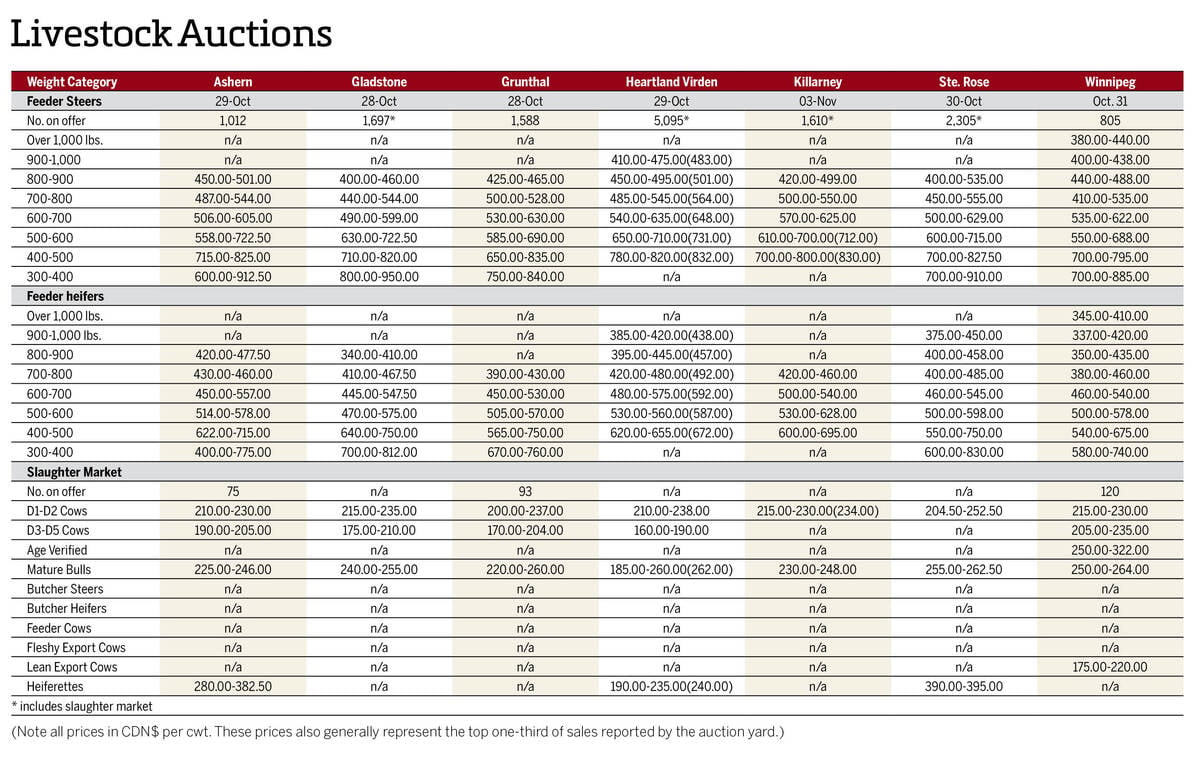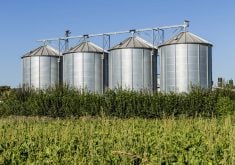Canola futures were sluggish to start the new year, but if traders had a resolution to take prices higher in 2025 the market was starting to show signs of moving in that direction with prices hitting their best levels since mid-November on Jan. 10.
Charts: The March canola contact slowly moved above many major moving averages through the first trading days of 2025, nearing the 200-day average on Jan. 10. At roughly $240 per tonne, a move above that mark could encourage additional fund short covering and set the stage for another leg higher. Trade data showed speculators holding a large net short position in canola futures of 89,000 to close out 2024, which they will eventually want to buy back.
Fundamentals: The underlying fundamental picture for canola remains incredibly supportive, with the strong exports and domestic usage unsustainable. Demand rationing will be needed, especially as canola remains undervalued compared to outside markets like European rapeseed. Canadian canola exports through Jan. 5 of 4.7 million tonnes are up by 2.2 million tonnes from a year ago, while domestic disappearance is up by half a million tonnes at 5.0 million tonnes.
Read Also

Manitoba cattle prices, Nov. 4
Manitoba cattle sale prices for the week of Oct. 28 to Nov. 4, 2025.
Soyoil: Canola doesn’t operate in a vacuum, with any future gains highly dependent on what happens in the United States soyoil market. Soyoil futures were rallying at a much quicker pace than the canola market, with gains in crude oil tied to increased U.S. sanctions on Russia and renewed optimism in the U.S. biofuel sector behind some of the strength. After months of uncertainty, the departing Biden administration was finally set to provide some short-term guidance on clean fuel tax credits. The U.S. Department of Agriculture also announced some fresh spending on domestic energy projects.
Unknowns: Canadian canola oil has become a major feedstock for U.S. biodiesel production, but the threat of tariffs could put that business in jeopardy and limit any spillover support from soyoil. China also remains a wildcard in the background. The country remains a major export destination for the time being, but the anti-dumping investigation is ongoing, and the situation could change quickly.















